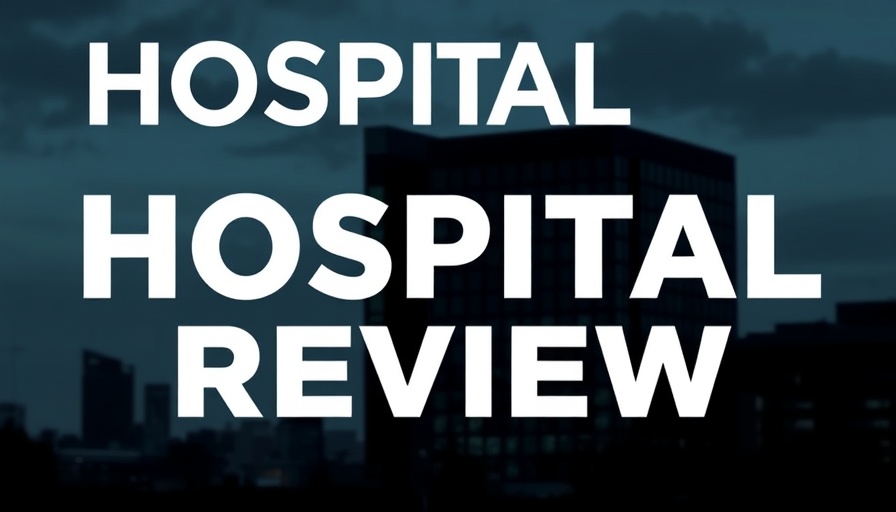
Transforming Revenue Cycle Management in Healthcare
In today’s fast-paced healthcare environment, efficiency isn’t just a luxury—it's a requirement. Organizations like Next Level Urgent Care have recognized that integrating technology into traditional systems can significantly enhance operational performance. Previously relying on manual processes, Next Level has adopted digital engagement tools in partnership with RevSpring, enabling them to revamp their revenue cycle management (RCM) and elevate both patient and staff experiences.
The Shift from Manual to Automated Processes
Manual processes can create bottlenecks that frustrate staff and confuse patients. At Next Level, fragmented systems left staff burdened with redundant tasks. Bill McGrath, the Chief Technology Officer at Next Level Urgent Care, discussed in a recent webinar how automation has shifted this narrative. “We used to have a massive team of patient account representatives who literally were just taking calls. Now we don’t have that anymore,” McGrath shared. This shift not only alleviates staff workloads but also repositions them to tackle more complex issues that require human insight.
Improved Patient Experience Through Streamlined Services
The introduction of a digital-first approach has led to profound improvements in patient experience. With a focus on practice automation, pre-registration times plummeted from eight minutes to just four and a half. This efficiency is crucial for reducing in-clinic congestion, with about 80% of patients now completing online registration before they even step foot in a clinic. As a result, average wait times have dropped to under ten minutes, significantly enhancing patient satisfaction.
Patient Confidence and Transparency in Billing
Transparency is another crucial benefit of integrating healthcare automation tools. By providing clear cost estimates and digital-first billing options, patients feel more confident knowing their balances are accurate. “Patients are a lot more confident that the balance we’re charging them is actually real,” McGrath remarked. Low wait times and transparency have led to significant increases in Net Promoter Scores, climbing from the mid-70s to the high 80s and low 90s.
Growth Through Strategic Partnerships
Next Level Urgent Care doesn’t just benefit from automation; their partnership with RevSpring has been instrumental for their growth strategy. Without a proportional increase in administrative staff, Next Level has expanded its clinic footprint to over fifty locations, achieving about 50,000 visits per month while supporting more than 50,000 direct primary care members. Mr. McGrath stated, “That was definitely an excellent strategic choice… we’d make the same choice again.” This successful partnership underscores the importance of leveraging technology for sustainable growth.
Future Trends: AI and Beyond
The integration of AI technology, such as voice AI agents and missed call automation, is becoming increasingly relevant in the healthcare industry. These AI-driven solutions not only streamline workflow but also enhance patient engagement—a crucial component of practice revenue optimization. With healthcare compliance and patient engagement tools at the forefront, the future of healthcare looks promising for organizations willing to adapt and innovate.
Conclusion: Embrace the Change for Better Outcomes
As healthcare providers, embracing automation and technology is vital to not only improve operational efficiency but also enhance patient satisfaction and drive business growth. The story of Next Level Urgent Care serves as a powerful reminder of the role that strategic partnerships and innovative solutions can play in transforming healthcare delivery. As we look to the future, it’s essential for independent practitioners, urgent care directors, and other healthcare providers to leverage technology to meet patient needs efficiently and effectively.
Don’t get left behind in this technological revolution—evaluate how you can implement digital front desk solutions and remote therapeutic monitoring in your practice for better efficiency and profitability!
 Add Row
Add Row  Add
Add 




Write A Comment